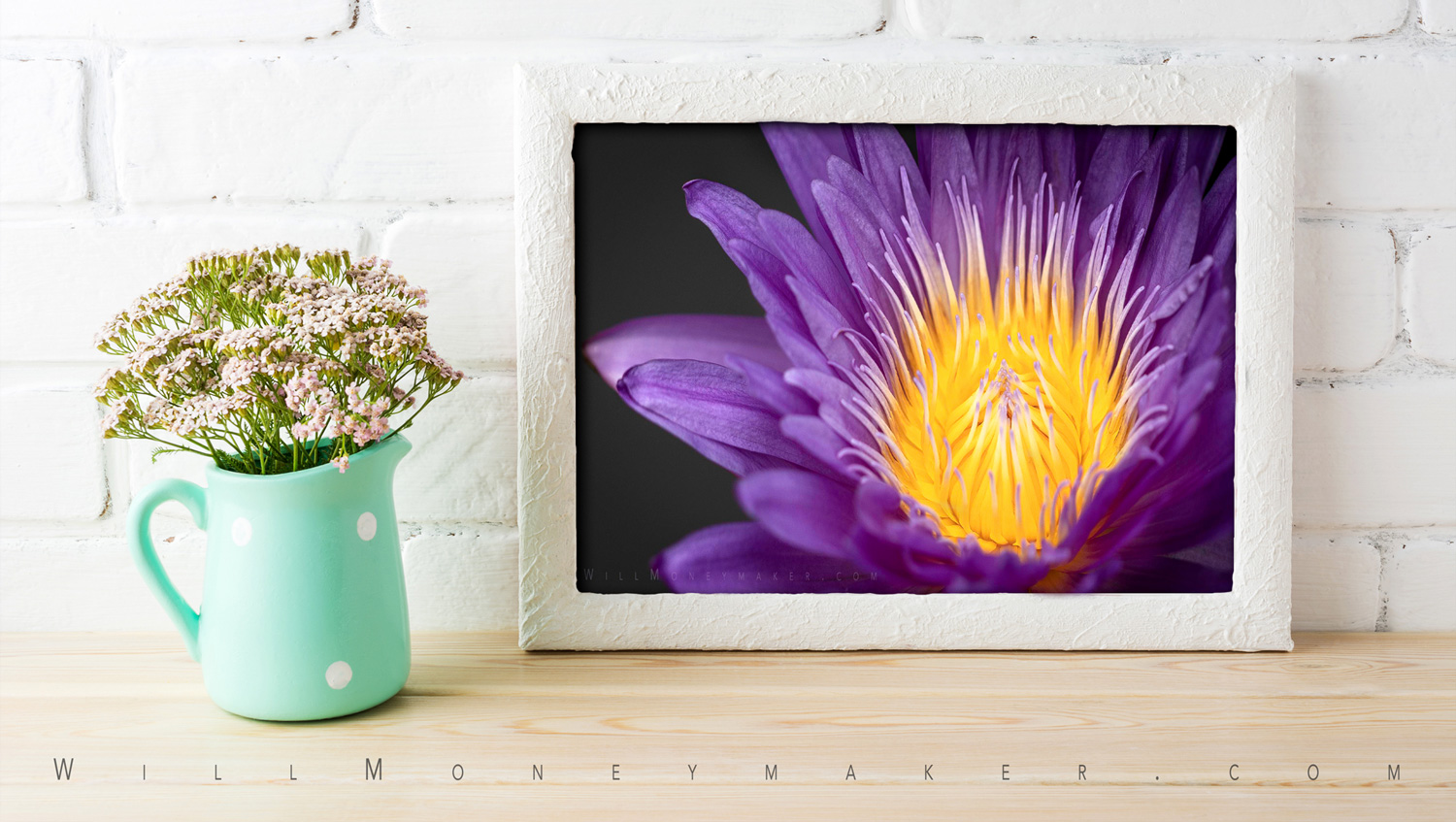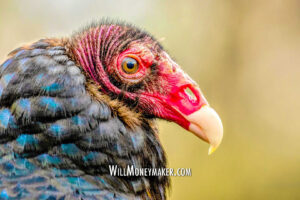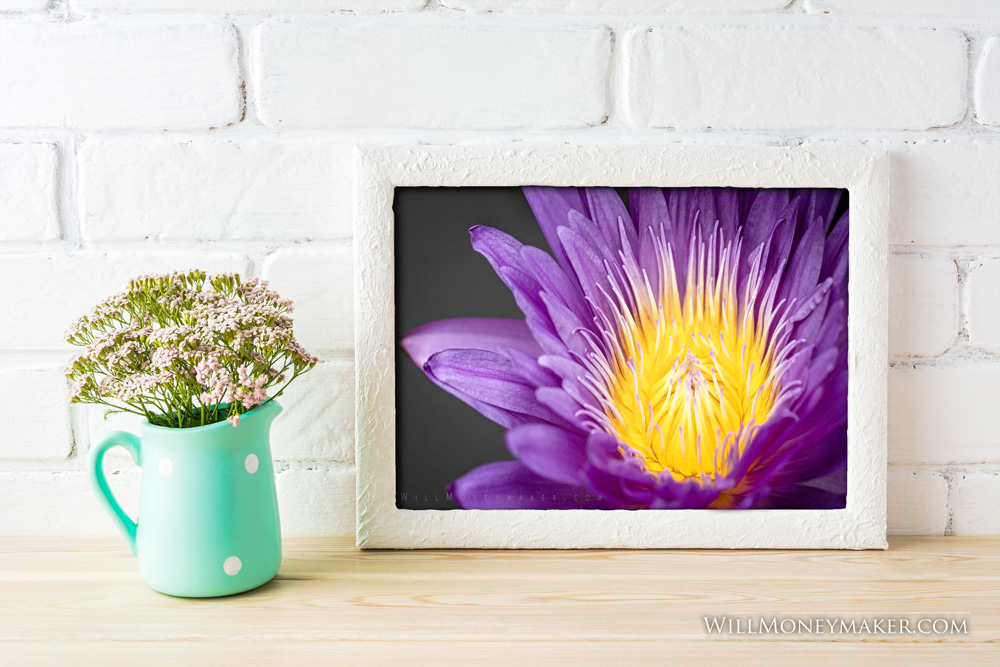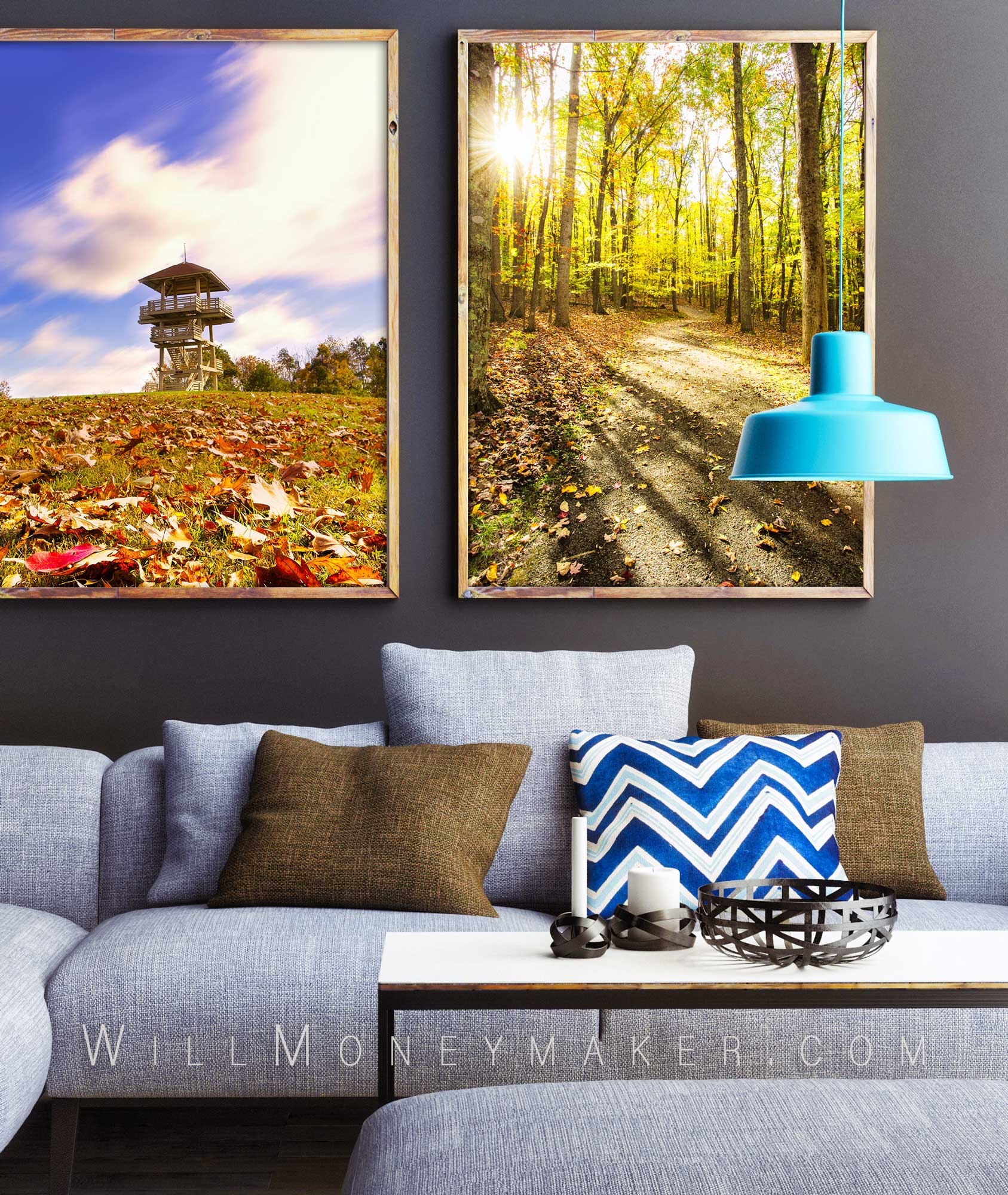Art is, in its most basic form, a type of communication. The artist, whether a photographer, painter or writer, takes a subject and pours his or her heart and soul into it, hoping that when the viewer sees it, some connection will be made, that the artist will be able to successfully transmit, through the work, some sort of meaning or message. Author Stephen King has an excellent quotation about this in his book, On Writing. The first line of the chapter, “What Writing Is” reads, “Telepathy, of course.” If you keep reading, further on down the page, he goes on to say this: “All the arts depend on telepathy to some degree.” In this chapter, he talks about how words are a kind of mental transmission from the author to the reader in which the reader gets to see and experience what the author imagined as he or she wrote the story.
While King’s words are specific to writing, they underscore my point that all art is communication. Whether in words or in images, art communicates something from the artmaker to the viewer. At its most basic, it is the transmission of the artmaker’s vision to the viewer’s mind.
When we apply this to photography, it means that we need to think about the messages and meanings that we want to transmit when we create. And once we’ve created something, then we have to find a way to put it out into the world and start a conversation with our viewers. In other words, we need to think about how we will convince viewers to spend time with the things we’ve created. In the literary world, authors have this easy. Over time, we’ve learned that things like pretty covers, book blurbs, viewable samples on Amazon, and reviews from well-regarded reviewers will all help to attract an audience so that our works will be viewed and hopefully enjoyed. In photography, however, the only samples we have to give are our own images, and we have limited ways in which we can give those samples.
So that becomes the big question: Once we’ve created something worth sharing, how do we put it out there for others to enjoy it? How do we get people to look at not only one image, but our entire portfolio? Keep reading and I’ll share a few of my thoughts on this.
One Photograph is Never Enough
As I said above, the best way to get people interested in our photography is to put it in front of them. And, there are lots of ways to do this—websites, PDFs, on social media, through business cards, and so much more. But one key thing that photographers sometimes overlook is the idea that one photograph isn’t enough. Art is subjective, and everyone likes something a little bit different, so if you’re only displaying one image—or a very small selection of images—then you’re casting a very small net into a very large ocean of potential viewers. Yet, the temptation is there to display as few images as possible, either because we don’t see the need for a larger sampling, or because we’re concerned about things like image theft.
But I’ll repeat it: To connect with viewers, put as many images out there as you can. If you’re printing business cards, obviously you don’t have a lot of room to work with, but you can print cards with two images—a front image and one on the reverse side. That’s two potential connections instead of just one. If you produce a PDF mailer, include ten or twelve images instead of three or four. And on websites or social media, don’t hesitate to share even more. One viewer may not be particularly fond of landscapes in general, and if that is all you have posted, then your chances of connecting with that viewer are slim. Post both a broad selection and a diverse selection in order to get the most from your sample images.
Approach Marketing with the Same Artistry as Artmaking
Another common mistake when it comes to making connections is that photographers sometimes don’t put as much effort into their marketing materials as they do the art itself. But really, you should approach website, PDF, and business card design with every bit as much artistry as the photographs themselves. Consider every aspect of your marketing material carefully. The layout should be pleasing just like the composition of a photograph should be pleasing, and background colors, if you have them, shouldn’t detract from or distract from photographs. Keep things simple to let your images shine, and even pay attention to details like fonts to make sure that every little bit adds to images rather than taking away from them. The same goes for any prose. Whether it’s a bio page, a short essay about a series of images, or a couple of lines about one particular image, the prose should be polished until it shines. When you’re trying to connect with photography lovers, every detail counts.
Too, you should consider ease of use. Though it’s becoming less of a concern these days with the prevalence of high-speed internet, file sizes are a consideration—too large, and people may struggle to load images on web pages, or PDFs may take a while to fully load for viewing, especially on the mobile web. Your website, too, should be streamlined, with all the important links in easy to find places, optimized for both desktop and mobile viewing, and it should be able to load relatively quickly. Keep things like popup ads to a minimum, and make sure to do plenty of testing to ensure that your website is easy to use. And that’s the main thing to remember when it comes to making connections with your viewers. You have to make it easy. Make plenty of art accessible so that there are options for a variety of viewers, and make it easy for them to view it. When your pieces are readily available for anyone and everyone to see, you’ll find yourself making these artist-to-viewer connections much more easily.





